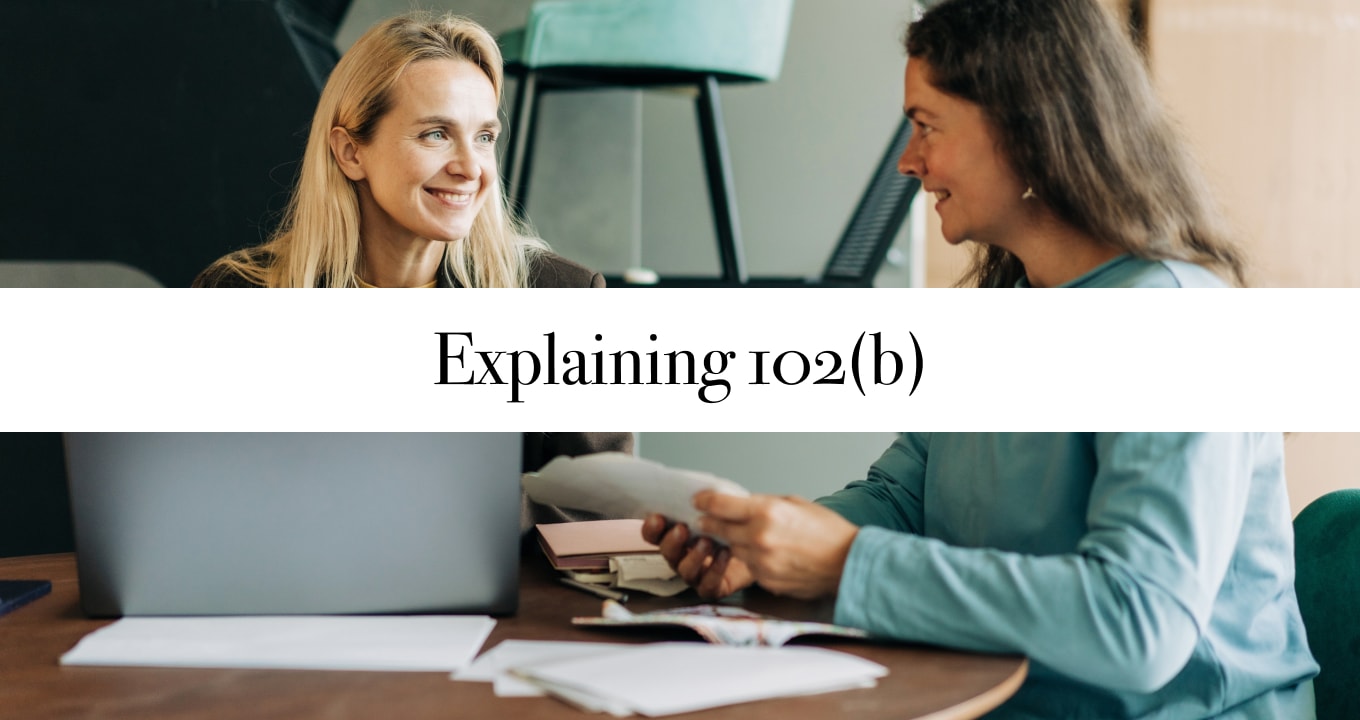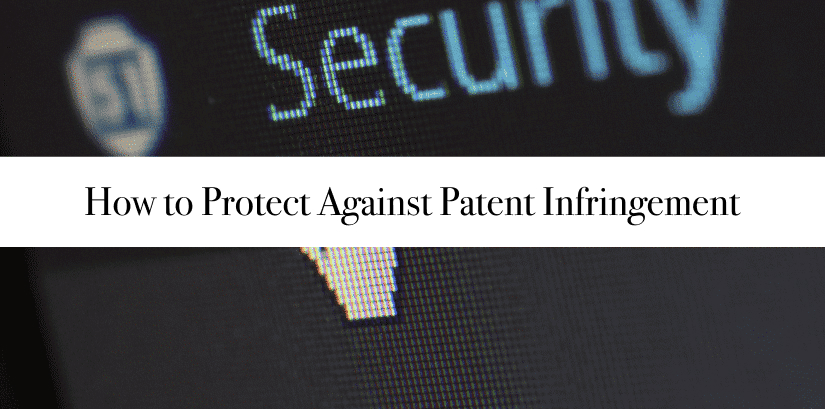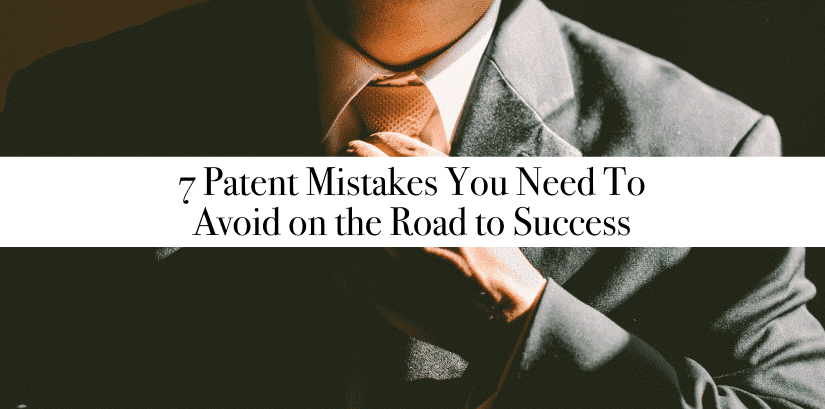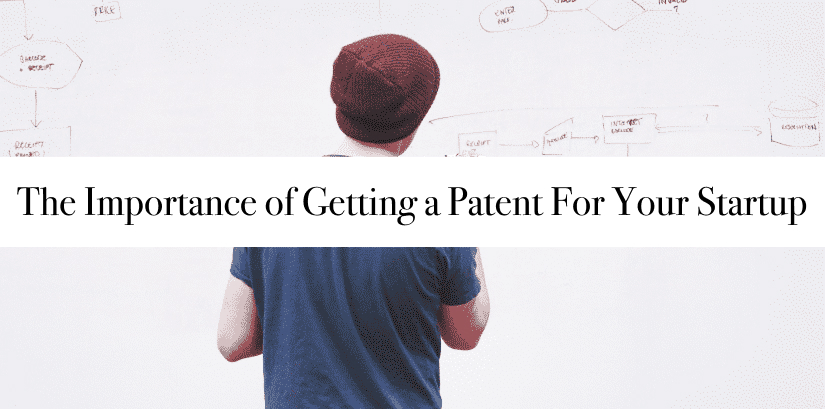You pitched your product at a tech event to gain traction. Now the clock is ticking, and you might just lose your right to a patent.
For founders and inventors, it’s a common mistake. One public disclosure–a pitch, a sales call, a product launch–can quietly trigger a one-year deadline. Miss it, and the invention may no longer be patentable. Section 102(b) of U.S. patent law governs this rule. Once an invention is publicly disclosed through use, sale, or another public activity, a strict one-year window begins. If a patent application isn’t filed in time, protection is lost. This is especially relevant for startups whose innovations often go public early. Whether a disclosure counts as “public” depends on the details; who saw it, what was shared, and whether an NDA was in place.
Legal teams must review each case closely. Even a brief demo or informal presentation can qualify as prior art under 102(b) if not handled correctly.
Key Takeaways
- Public disclosures start a strict one-year deadline for patent filing.
- Secret commercial use typically doesn’t trigger the 102(b) bar.
- Keeping records of disclosure events is vital to patent strength.
Why 102b Matters for Patent Infringement Protection
102(b) helps define what can and can’t block a future patent through prior art. When someone publicly reveals an invention or begins selling it, the one-year clock starts ticking. Miss the deadline, and the invention might be lost to the public domain, compromising patent infringement protection.
Think of it this way: if you launch before you file, you may be giving away ownership without realizing it. A pitch to investors, an early prototype sent to testers, or even a conference slide deck could start the countdown, unless handled correctly.
Historical Context And Evolution
The 2013 America Invents Act (AIA) reshaped this landscape. It moved the U.S. from a “first to invent” to a “first inventor to file” model, aligning more closely with global norms.
Before AIA, inventors could prove they came up with an idea first. Now, the race is to file. Still, a one-year grace period remains for disclosures made by the inventor. Case law has helped clarify how this rule now applies.
Core Legal Framework
Section 102(b) revolves around two key factors: timing and how public the disclosure is. Once public, the clock begins, regardless of the inventor’s intent.
This means that even well-meaning actions, like previewing a product to attract funding or customer interest, could jeopardize IP rights if not carefully planned.
Examples of events that may trigger 102(b):
- Journal articles or blog posts
- Public product demos
- Sales to customers
- Use in a setting accessible to the public
For instance, imagine a founder giving a product walkthrough at a local startup showcase. If there’s no NDA in place and the room includes potential competitors or press, that event could start the one-year clock, even if it feels informal.
The law requires that the disclosure be enabling, that is, detailed enough to allow someone with technical knowledge to build and use the invention. So even casual technical blogs or demo videos can qualify if they contain enough detail, something that happens more often than most founders realize.
102(b) Exceptions and Safe Harbors
The law offers some flexibility, especially for inventors still refining their inventions. If a disclosure comes directly from the inventor, and it’s within 12 months of filing for a patent, it generally won’t count against them.
This “grace period” gives inventors some breathing room. But it’s a safety net, not a strategy. Courts still look closely at what was shared, when, and how.
Here’s what’s protected:
- Experimental uses aimed at improving the invention
- Conference talks or academic posters given by the inventors
- Confidential sharing of information under an NDA
However, disclosures from unrelated third parties, especially if made before the inventor’s own disclosure, can still be damaging. For example, if a contractor posts about the project online before you’ve disclosed it yourself, that third-party action might void your rights entirely.
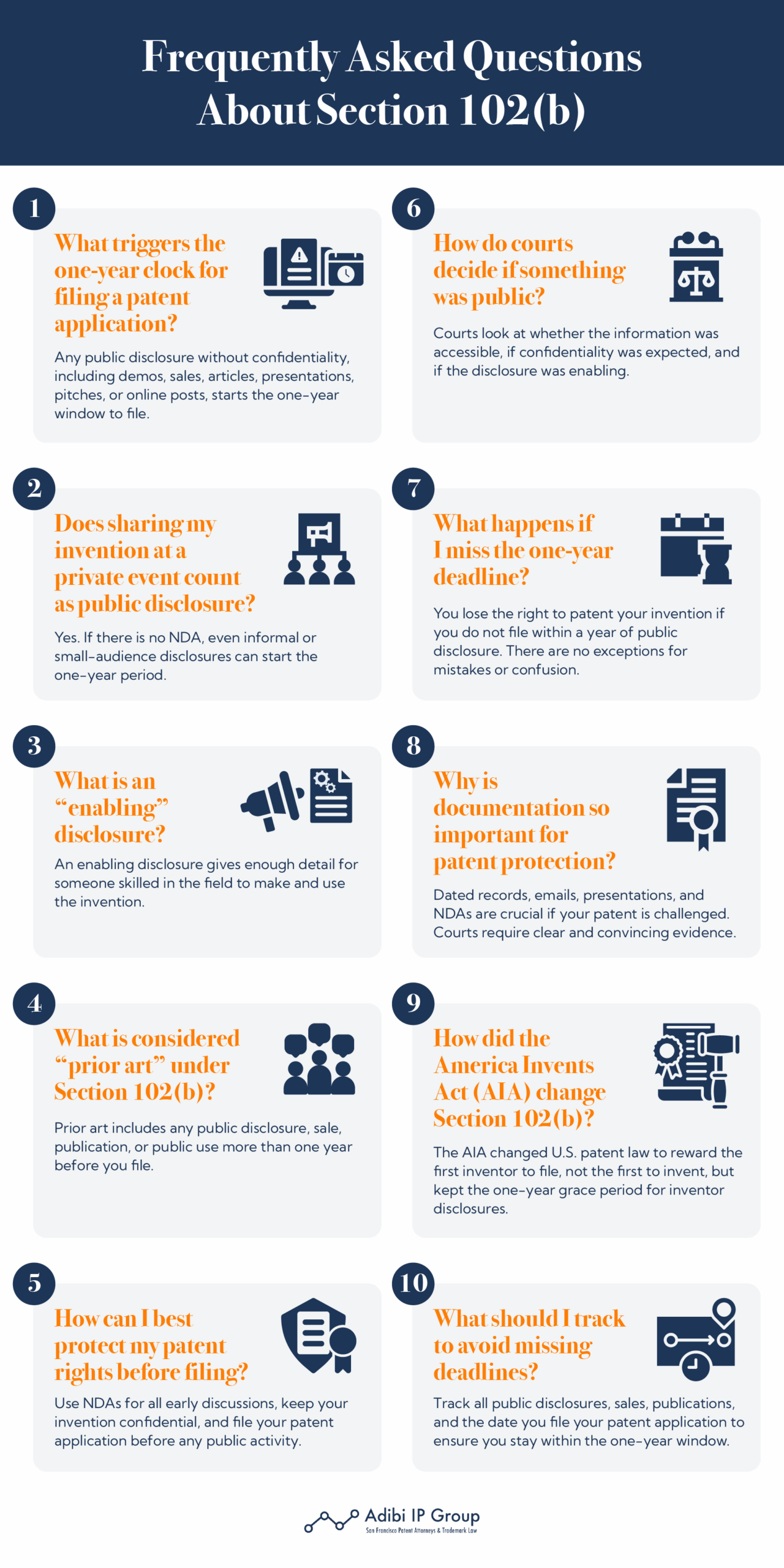
Prior Art Determinations Under 102(b)
What counts as prior art under 102(b) often hinges on whether the disclosure was accessible to the public and whether it happened more than a year before filing for a patent. Sales, published articles, and product demonstrations are all scrutinized.
For example, a founder showcasing a beta at a pitch event without an NDA risks starting the one-year countdown. Once that window closes, it’s too late for patent infringement protection.
Qualifying Prior Art Categories
Not everything counts. The law is clear about what types of activities can be used as prior art. Some common categories include:
Public use examples:
- Commercial transactions or offers to sell
- Presenting a product at a trade show
- Demonstrating the invention in an open space
- Conducting tests without confidentiality protections
Founders often assume that if no money changed hands or if the audience was small, it’s not public. But courts don’t see it that way. If the activity lacked confidentiality safeguards, it’s fair game. For instance, in re: WinGen, displaying an ornamental plant at a private trade event was deemed public use, showing how even seemingly informal disclosures can trigger the bar.
Activities kept secret, especially those that don’t lead to a public benefit, often fall outside this scope. Still, relying on secrecy alone, without an NDA or proper documentation, leaves too much room for dispute.
Temporal Considerations
Once any public event happens, inventors have a single year to act. Miss that deadline, and the window closes permanently.
There are no grace periods for internal miscommunication or bad advice. For startup teams juggling fundraising, shipping, and product tweaks, that deadline can sneak up fast.
Careful tracking of these milestones is essential:
- First public demo or pitch
- First sale or product shipment
- Online publication or announcement
- Official patent application filing date
A founder who announces a beta launch then waits too long to file, may find out the hard way that the clock started with that post. Not the full launch.
Courts apply this rule strictly. Intent, confusion, or lack of awareness doesn’t excuse a missed deadline. Your IP strategy needs to move as fast as your go-to-market plan, if not faster.
Evidentiary Standards
The responsibility falls on those trying to invalidate a patent to prove the prior art meets all criteria. The standard? Clear and convincing evidence.
But here’s the catch: if you’re the one trying to defend your patent later, you’ll wish you had clear documentation on your side too. Memory won’t cut it.
This includes proof of:
- What was disclosed
- When it was shared
- Whether it was truly public
- Whether it was enabling
Documents, emails, dated presentations, and photographs carry far more weight than vague recollections from witnesses. A screenshot of your launch deck with a timestamp is worth more than a cofounder’s sworn statement that “we never showed that to anyone.”
Authentication Requirements
To stand up in court or during patent examination, prior art must be well-documented and verifiable.
What’s typically required:
- Independent confirmation of dates
- Proof the material was accessible to the public
- Technical clarity showing enablement
- Records showing where the material came from
Often, expert opinions help interpret whether the material qualifies, especially for niche journals or obscure online sources. But don’t count on technical obscurity to protect you. If it was public, and someone could use it to replicate your invention, it might count against you.
Strategic Considerations for Inventors and Practitioners
Successful patenting doesn’t start at the patent office. It begins long before, with how disclosures are handled, how records are kept, and how filings are timed.
Pre-Filing Disclosure Management
The best protection is to stay quiet until you file. When discussion is necessary, such as with partners or vendors, use Non-Disclosure Agreements every time. Loose conversations with investors, informal user interviews, or early collaboration with contractors can all backfire if there’s no NDA in place.
Inventors should also log:
- When the idea was first formed
- Major development steps
- Test results and feedback
- Who saw or discussed the invention, and when
You’re creating a timeline that can prove ownership, intent, and confidentiality. Courts and examiners don’t assume. Your records need to show the full story.
Silent testing and secret trials don’t count as public use. But a casual mention in a public forum might.
Application Drafting Strategies
Good applications don’t just describe the invention. They anticipate challenges. Include a variety of claim types to cover your bases.
Structure your application with:
- Broad claims that define the invention
- Narrower claims that back up your position
- Variants or specific examples that might prove useful later
Precision in language and definitions matters. If you suspect certain prior art could be raised, address it up front in the application. This proactive approach can save time, legal fees, and rejected claims later on. It also signals to examiners that you’ve done your homework.
Post-Filing Response Tactics
After filing for a patent, stay active. Monitor the industry, check for related patents, and collect publications that could be relevant. Filing is not the finish line. For growing companies, it’s phase one of a long game—one that affects funding, partnerships, and M&A potential.
To keep things moving, consider:
- Requesting expedited review (Track One)
- Using fast-track programs through international offices
- Filing related applications (continuations or divisionals)
Each rejection from the patent office should be treated as a negotiation or a business deal. The better your communication, the better your outcome. Detailed responses and examiner interviews often help resolve objections more effectively than written arguments alone. Examiner interviews, in particular, can uncover misunderstandings or shift how a claim is viewed.
102(b) Litigation and Enforcement Issues
Litigation based on 102(b) gets technical quickly. Much of the fight comes down to whether a disclosure was public, whether it was within the grace period, and how strong the documentation is.
Validity Challenges
Challengers aiming to invalidate a patent must tie their claims to dates. They’ll rely on:
- Dated publications or screenshots
- Sales invoices and marketing material
- Witness accounts from customers or event attendees
But it’s not enough to show that something existed. They must prove it was publicly available, and that it meets the law’s criteria for prior art.
Courts examine:
- Date and details of public activities
- Any financial transactions related to the invention
- Whether the information was broadly shared or kept confidential
- Agreements that limited dissemination
The burden of proof is on the challenger. But sloppy documentation or unclear boundaries make that burden easier to meet.
Defensive Strategies
Patent holders can build strong defenses by preparing in advance. Clean documentation protects your rights and it can stop a lawsuit before it starts. Investors and acquirers look for this level of discipline.
Keep logs that include:
- When key development steps happened
- All signed confidentiality agreements
- A timeline of when anything was shared publicly
- Proof that any commercial activity was private or experimental
In litigation, dated NDAs and records of limited access can carry more weight than technical arguments. Filing early, even provisionally, provides the cleanest defense. Make filing a key milestone in your product roadmap, not something tacked on after a launch.
Recent Judicial Developments
Courts continue to sharpen how 102(b) is interpreted. The focus now often shifts from what was done to whether the public could realistically access it. In other words, the question isn’t just “was this shown?” but “could the public use it without restriction?”
Key developments include:
- Tighter standards around what’s considered “public”
- Greater weight given to whether confidentiality was expected
- Nuanced interpretations of what counts as experimental use
- Closer scrutiny of whether early sales were meaningful or just incidental
For example, a prototype shown under NDA is increasingly viewed as safe. But if the NDA is informal, unsigned, or absent, that same demo could trigger the bar. Founders and counsel should assume any early exposure will be questioned later and act accordingly.
Don’t Let One Mistake Undermine Your Innovation
Section 102(b) isn’t legal background noise. It’s a high-stakes rule that directly impacts your company’s ability to protect its inventions and its future. For founders, product leads, and startup counsel, the risk isn’t theoretical. It’s real, and it’s immediate. Strong IP can drive valuation, open doors to funding, and create long-term defensibility. But one unguarded disclosure, an investor pitch, a trade show demo, or a blog post, can quietly trigger a deadline that ends your rights before they’re even fully formed.
The smartest move? Build your patent strategy early and around your business goals. Get the filings in place. Track your disclosures. Lock down your documentation. When in doubt, talk to a patent attorney who knows how to navigate 102(b) with the precision your business deserves. Adibi IP Group helps founders and innovators safeguard their ideas and avoid the hidden pitfalls of patent law. Reach out today to secure what you’ve worked so hard to build.

